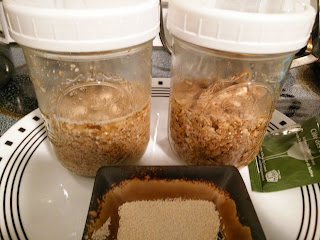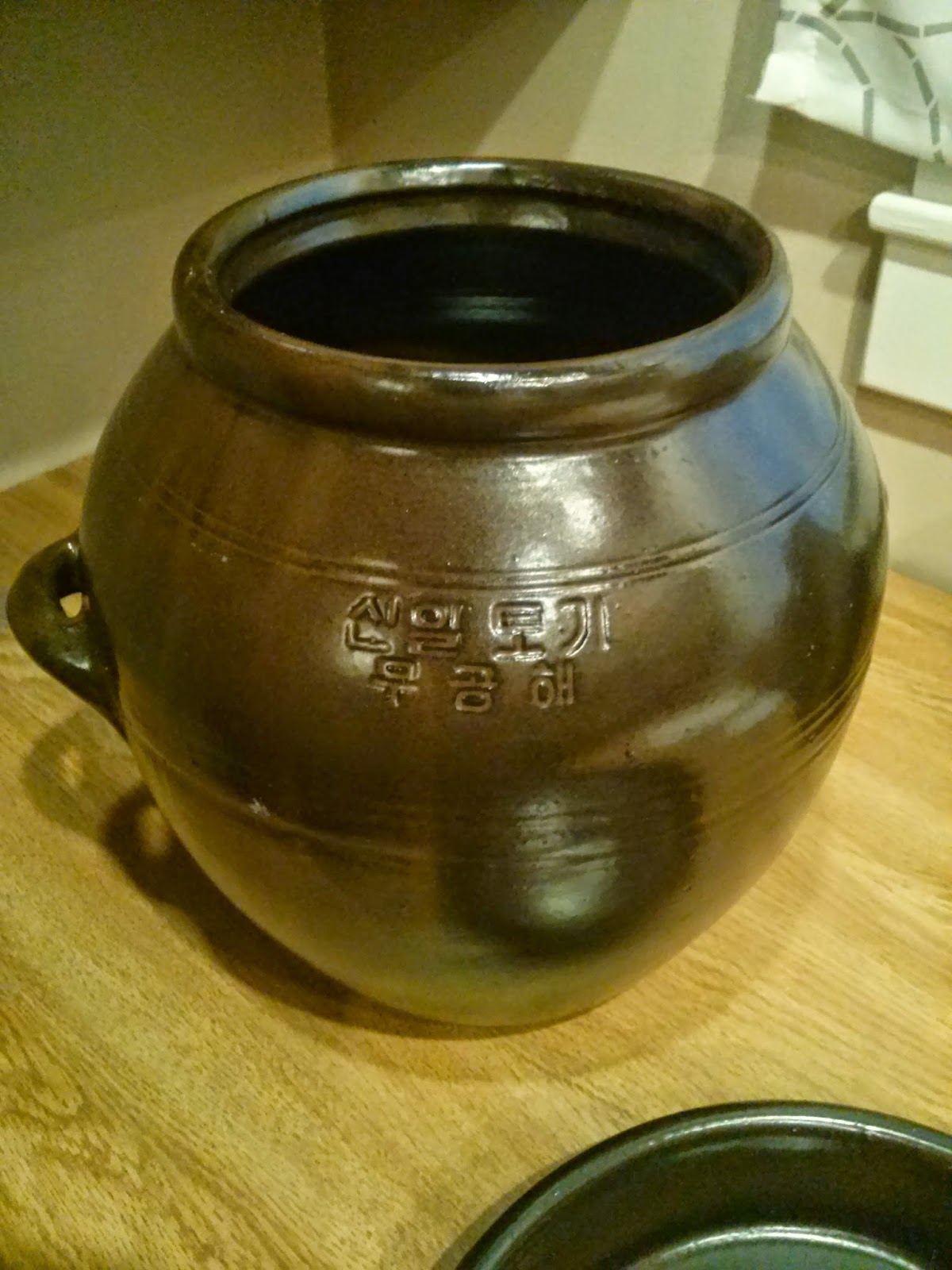Making, Drinking, and Enjoying Makgeolli | Understanding Makgeolli 1 | History, Etymology, Cheers!
************************************************************
DISCLAIMER: THE SOURCE MATERIAL FOR THIS TRANSLATION WAS NOT DERIVED FROM MY KNOWLEDGE OR EXPERTISE. ALL CREDIT FOR THE SOURCE MATERIAL GOES TO KIM SEONGMAN, THE AUTHOR OF MAKING DRINKING AND ENJOYING MAKGEOLLI. THIS TRANSLATION IS SOLELY FOR INFORMATIONAL PURPOSES.
***********************************************************
1편 막걸리 알아가기
Part 1: Understanding Makgeolli
01 Alcohol; if you understand it while you drink it you can live a long life
The (Story of the) History of Alcohol
An alcoholic beverage can be defined as a drink that contains more than 1% alcohol made from the fermentation of grain starch or fruit sugar. In other words, drinking alcohol means drinking water, which is the main ingredient of alcohol, and ethyl alcohol and that means enjoying ethyl alcohol which has the characteristics of being colorless, odorless and easily evaporating as well as other trace ingredients which provide a hint of taste and smell.If that is the case, when did humans start drinking alcohol?The story that was handed down for a while is that a long time ago, alcohol which came into being spontaneously was accidentally tasted by humans and so began the history of alcohol. Yeast that exists in the air goes into liquids with similar sugar content, such as fruit and vegetable juices, and honey, and when fermentation begins naturally it becomes a liquid that contains alcohol. The fermentation of alcohol involves the process of breaking down sugar, which is extremely common in nature, so it is not necessary for humans to interfere. However, it was a coincidence that people drank this kind of fermented product and discovered it was to their liking. After that it was presumed that people gradually understood this fermentation phenomenon and they could brew and drink the alcohol they desired.On the other hand, some people speak of the tale of Wonju (monkey wine) in that monkeys saved the fruit they put in the crack of a broken tree branch or a dented rock, which coincidentally fermented, and humans tried and liked this fruit and continued to make and eat it. Alcohol spread with the expansion of mankind’s civilization. During the hunter-gatherer generation grape juice and other fruit juices were made, during the nomadic period milk alcohol was made from the milk of livestock, and when the agricultural period was reached, grains were used as raw materials. After techniques to saccharize starches were developed grain alcohol had begun to be brewed. Recently, distillation techniques have been developed and drinks like soju and whiskey have been manufactured.If we look a little more carefully at concrete records, in 6000 B.C. Babylonia alcohol was used during festivals, and there is a record of there being about 16 varieties of alcohol in 4000 B.C. In the case of Korea, there is no precise data on when people first started to drink alcohol. It is mentioned in the story of the founding of the Goguryeo Kingdom by King Jumong, located in The Chronicles of the Old Three Kingdoms, that the drink which was served was of a similar variety to today’s makgeolli. It appears that this information is the first record related to alcohol.Finding the Etymology of Alcohol[1]
Although the etymology of the term alcohol is not clear, it can be assumed that the etymology occurred and changed during the process of brewing to the current term “alcohol”[2]. After steaming and cooling rice, it is mixed with nuruk and water and let ferment. Now, although heat is not added, if time passes and fermentation occurs it will boil over to the extent that bubbles are made. A change like this would have appeared mysterious and miraculous to ancient people mysterious miraculous, “unexpectedly a fire was ignited in the water,” and from this thought it was called “su-bool”[3]. After that, it is possible to surmise that “su-bool” became “sool” in the last days of the Goryeo period , which can be inferred through The Encyclopedia of the Land of the Morning Calm[4] composed by Songmok from the Song Kingdom in China in 1103 A.D. and various documents from the Joseon period. In The Encyclopedia of the Land of the Morning Calm alcohol is called “soo”, in the book Translated Words of the Joseon Government[5] of the Joseon period it is recorded as “su-bon”, and after that alcohol is called “su-ool” or “su-eul” in various other documents. So, it can be concluded that “su-bool” changed like this “su-beul” > “su-ool” > “su-eul” > “sool”.But how did the Chinese character for alcohol (酒) originate?酒comes from an ancient character that can mean chicken, West, or to ripen and originates from the character酉, which is derived from the hieroglyph of a jar with a pointed bottom. Alcohol was fermented in a jar with a pointed bottom to easily collect the sediment present in the alcohol. Subsequently, the character酉can be expanded to have a different meaning if the radical for water (氵) is attached to it. If we look carefully at ancient characters, the water radical is stuck on the right side. That is, when characters containing the water radical are searched for in a dictionary of Chinese characters people usually look for them in the section of words with a “su” (水) root; however, the character酒 is contained in the section of words with a “yu” (酉) root. Furthermore, since all characters that have “yu”(酉), meaning alcohol, in the side position are hieroglyphs that originated from the jar used for fermentation, they can be used in a versatile way to convey a meaning of fermentation. Words that exemplify this are “chui” (醉, being drunk), “jak” (酌, pouring), “rye” (醴, etiquette), “soon” (醇, strong), “jang” (醬, salted fish).Tip: The Reason for Clashing Drinking Cups (Cheers!)
When drinking, it is common for people to clang their glasses together, but why is this?Some people say that when they drink alcohol the smell is for the nose, the taste is for the tongue, and the “ching!” sound of clashing glasses is for the ears; however, the real origin is as follows.The tradition began in the Middle Ages. As people would drink alcohol and get drunk they thought the devil would come in through their mouths. They believed that if the sound of cups clashing together was let out while drinking, the devil would get surprised and run away.For a similar reason, some ancient tribesmen rang a bell before drinking alcohol and in Bulgaria before drinking it was customary to make the sign of the cross.
[1] It should be understood that the etymology referred to in this book is that of the Korean word for alcohol, “sool” (술), and the Sino-Korean word derived from Chinese, “ju” (주).[2] Although 술 “sool” translates to “alcohol”, it has different connotations in the Korean language than alcohol in the English language.[3] “Su-bool” is a combination of 수 (su) water and 불 (bool) fire. “Su” is the Korean pronunciation for the Chinese character for water and “bool” is the Korean pronunciation for the character for fire.[4] “The Land of the Morning Calm” is a one of the poetic names for Korea used throughout history. “The Encyclopedia of the Land of the Morning Calm” is a rough translation of 계림유사, the Korean title of Songmok’s composition.[5] This is a rough translation of the title 조선관역어, which is a single volume Chinese-Korean dictionary containing 596 words used in the Joseon period.



VposrecZprovta Curtis Edwards Crack
ReplyDeletefenfisinik
Wbobssolustma Srinivas Blaschko The Bat!
ReplyDeleteClick here
Site
Windows 11 Pro 64 bit
ticksolsuce